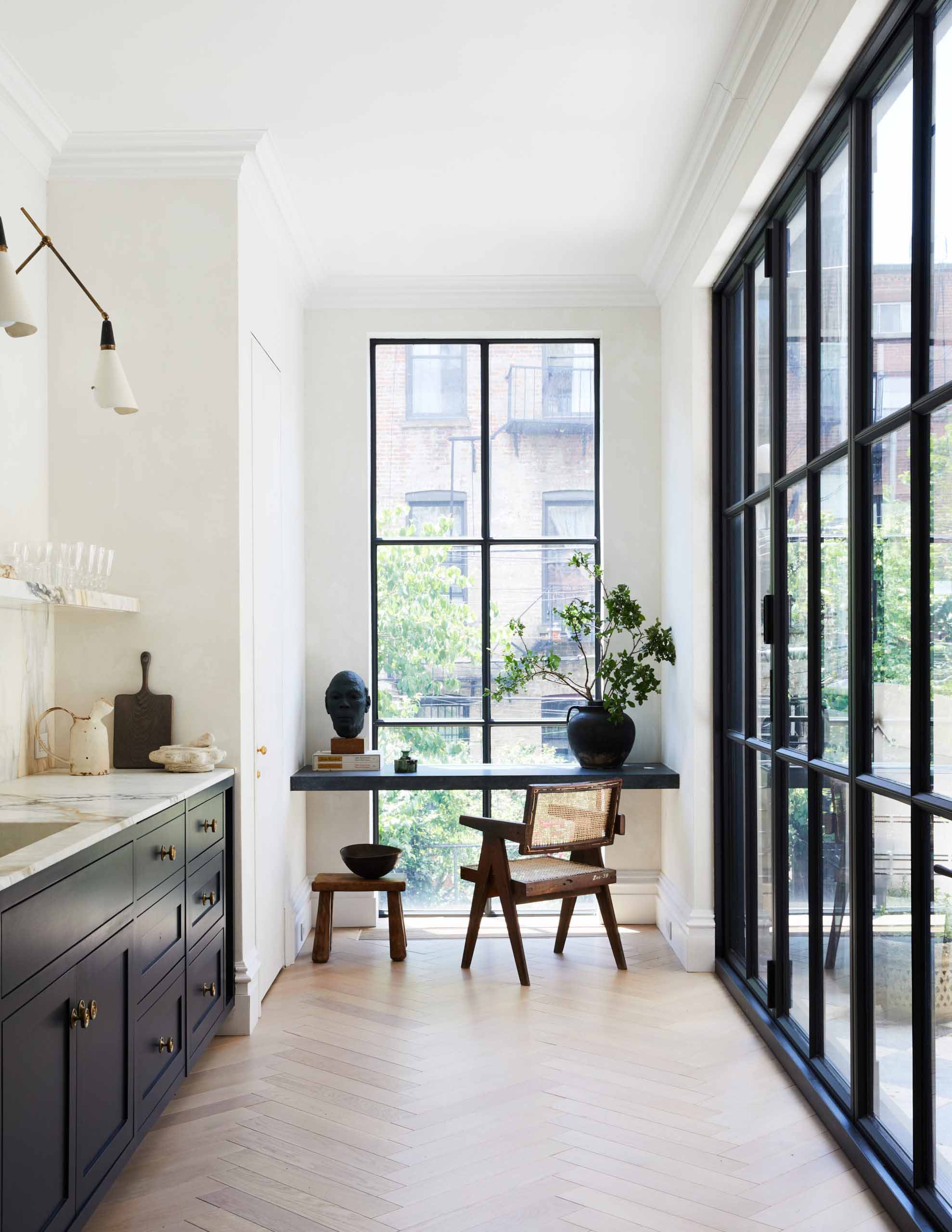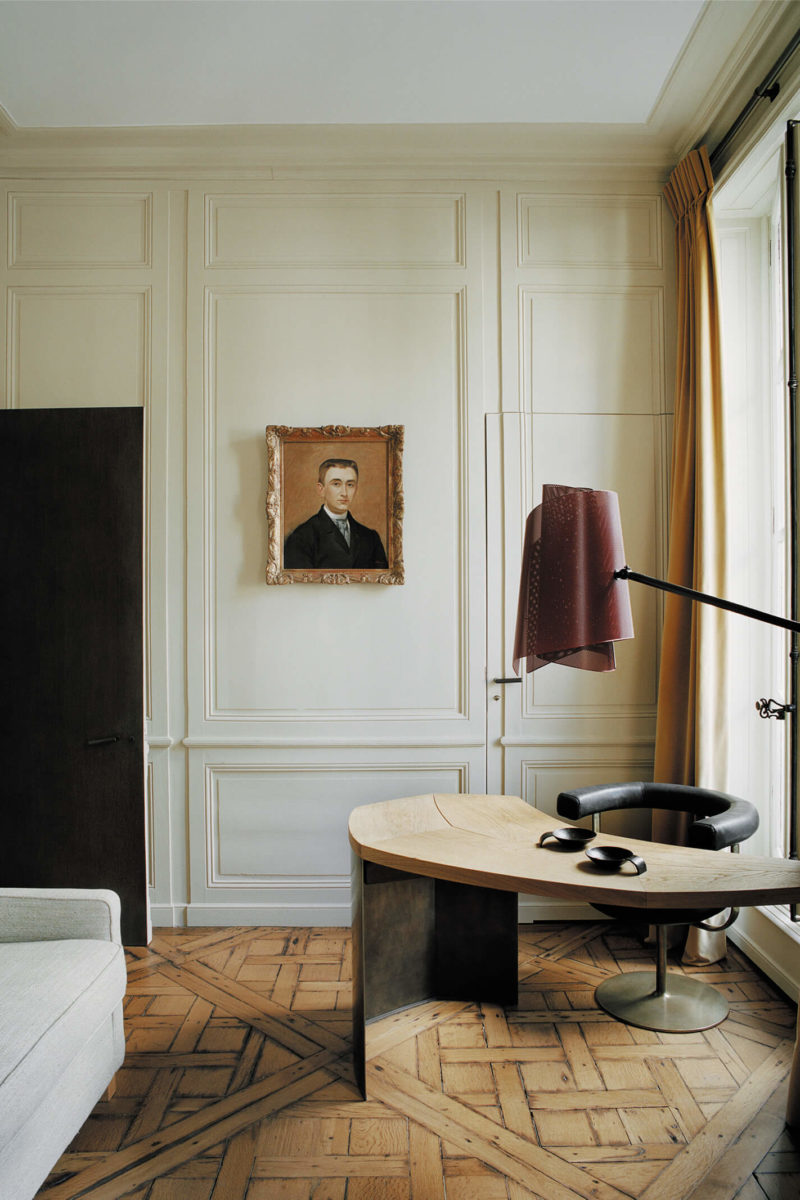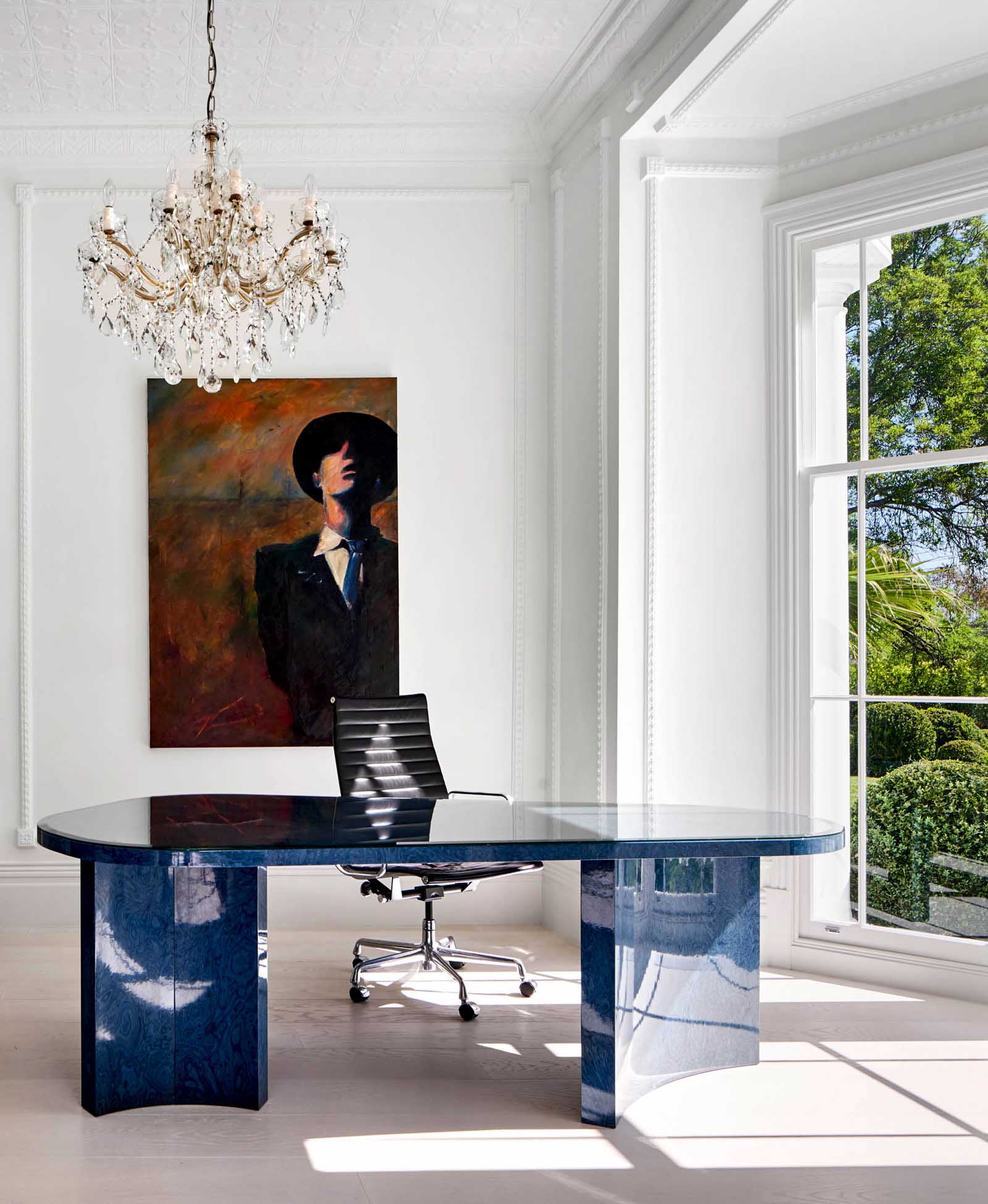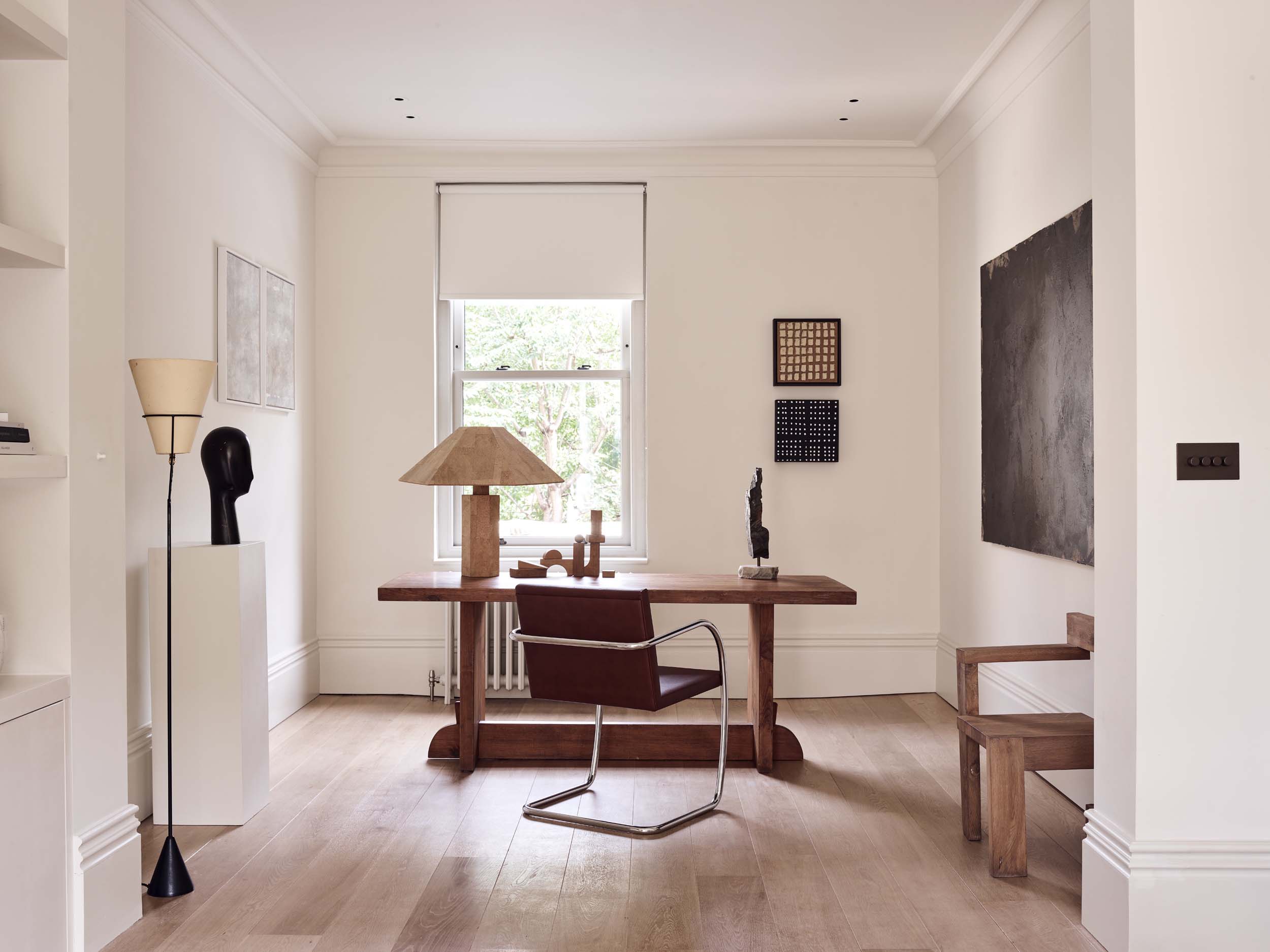There has been plenty of research into which design ingredients make up the perfect office – and while much of it might have originally been aimed at corporate settings, the sea-change in where and how we work that the pandemic has brought means that designers are now looking at how those findings can be translated to their clients’ homes. A large study in 2016 identified eight factors that helped reduce sick days, increase productivity and improve employee satisfaction, including noise, lighting, proximity to nature and the look and feel of a space. All of these can feed into creating a workspace at home, whether it’s the corner of a bedroom or a purpose-built office at the bottom of the garden. Unlike a conventional office, a homeworking space can be designed to be a far more personal space for the homeowner, with creative expression just as important as practicality.

The first and biggest question is where to site a home office. Even if there are limited options, it helps to be guided by some of the above factors: somewhere away from noise and distraction, with natural light, is ideal. If you don’t have a whole room to set aside for an office, “a corner in a reception room or bedroom near to a window to provide good light in a task area is ideal. Bedroom spaces can often be quieter than the general areas in the home, providing an oasis of calm,” says interior designer Natalia Miyar.
Internal glazed doors or windows offer a way to ‘borrow’ light from an adjacent room while still allowing the office to feel quiet and private. Amp up the soft furnishings to dampen acoustics and provide a more pleasant environment – or, if you prefer a more clean-lined look, consider an acoustic timber wall, which will define the working area as well as help with noise control.

If you can, position the desk looking out on to nature (one report found that employees’ perceptions of well-being can increased by up to 15% when their offices had some connection to the natural world). “A double-sided table/desk by a window gives the flexibility to look outside or into the room depending on mood,” says Natalia Miyar.

Built-in joinery to create a desk and storage can make for a greater synergy between the architecture and the interiors, especially if the same palette of materials and colours is used. However, a freestanding desk can make an impressive design statement in a room. It’s a way to give a home office some personality and echo the aesthetic of the rest of the house rather than create a corporate-looking space, from a classic mid-century Danish desk to a glass-topped table on a smart brass base.

If a desk is going to be sited more towards the middle of a room, consider installing flush floor-mounted plug sockets as part of any electrical works to avoid the curse of trailing wires. Cable management is important no matter what the layout, in fact: computers, printers, scanners and lighting all require power, plus there may be phone/network cables too: a little up-front thought about how many sockets are needed, and where they should be positioned to be least intrusive, can result in a much more streamlined and uncluttered space that enables home-workers to thrive.
Bespoke design offers the chance to have everything in just the right place, but it requires plenty of thought about the homeowner’s needs, now and in the future. Philipp Nagel, director of Neatsmith, which specialises in built-in offices, wardrobes and other furniture, says it is important to measure up every device so that it can be intelligently integrated where you need it. He also suggests wireless charging ports for easy charging of mobile devices, and cable ports for clever cable management. Wine racks, fridges and coffee stations some of the other features that Neatsmith’s clients opt to have.

Sitting at a desk all day puts a strain on the body, so put some care into choosing a chair to maintain a healthy posture. Something height-adjustable is essential if more than one person is likely to use it; otherwise, the golden rules are to make sure that the feet are flat on the floor, arms parallel to the floor and the top of the monitor is level with the eyes. Anything that helps the user shift position regularly will be beneficial, whether that’s an option to recline, or simply avoiding chair designs that can be sunk into too deeply.
Office lighting is one of those things that you might only notice when it goes wrong – everyone has experienced the eye-strain than comes from too little light, or the annoyance of unwanted glare from a window or badly positioned lamp. A desk light can target the light where it’s needed, onto the immediate working area without casting shadows; if space is limited, a clip-on task light can save some precious working area.

Allow for enough storage so that paperwork can be put away at the end of the day – particularly important for home offices that may be occupying the corner of a room that will be used for another purpose during evenings and weekends. “If space is limited, you can make the best out of the room by incorporating a desk into built-in shelves or a deep cupboard, if you have one, so you can hide everything away once you’ve finished,” says Clara Ewart, head of design at interiors studio Kitesgrove, which recently unveiled a project in Hampstead, north London, that did exactly this, incorporating beautiful joinery in luxurious eucalyptus pommele veneer, with a neat bespoke upholstered chair. She also advises on the finishing touches: “Invest in some attractive storage ideas such as patterned box files or a smart desk tray to keep things ordered and aesthetically pleasing at the same time.”

Finally, there is a huge opportunity for designers to unleash their creativity on making an office that feels uniquely personal to its owner. Finish it with art, accessories and reference books to further elevate it into a place where homeworkers love to spend time – not somewhere where they’re watching the clock until they can shut that laptop and walk away.
Written by Emily Brooks



